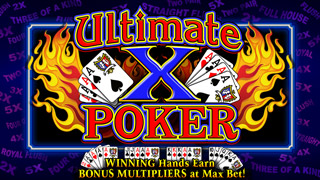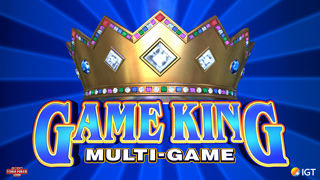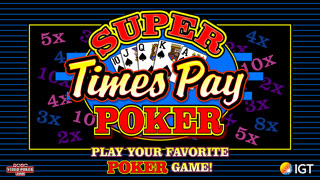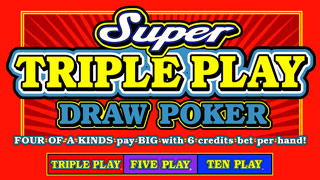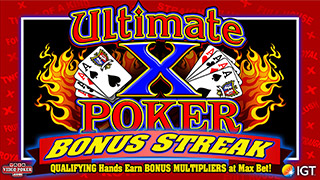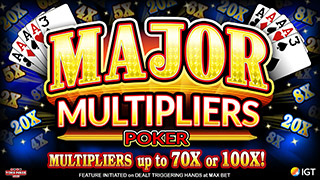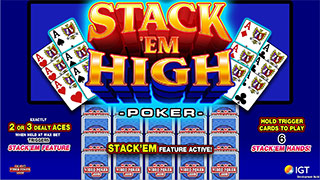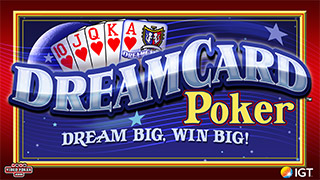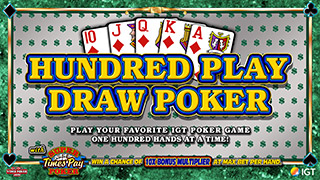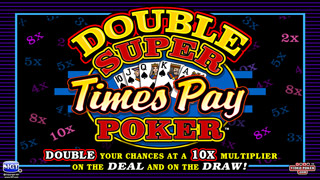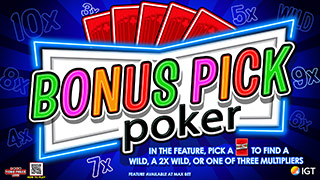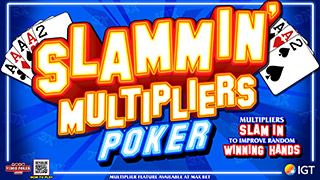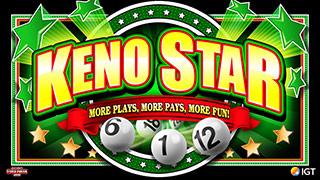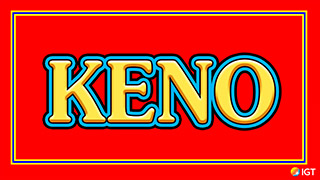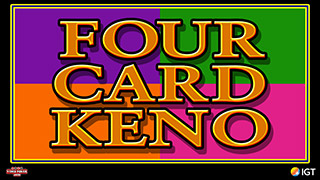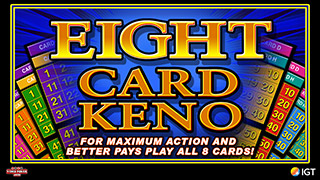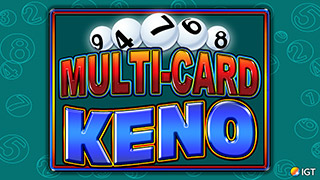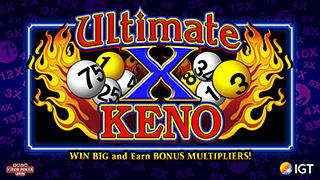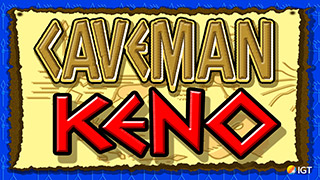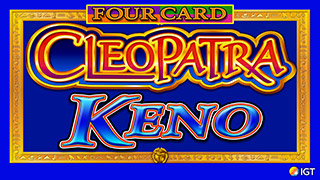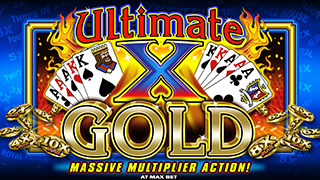% pay back
-
rfonlymama
- Senior Member
- Posts: 120
- Joined: Thu Jan 17, 2008 10:16 am
% pay back
I noticed last week in Dubuque, IA (Diamond Jo Casino) that all their $1 DDB machines were 9/6 but the royals starte at $6000 and each machine was it's own progressive.
To my math wizards that I depend on: does the higher payback increase the payback %? I'm assuming it raises it but I never did that well in statistics class!!!!!
To my math wizards that I depend on: does the higher payback increase the payback %? I'm assuming it raises it but I never did that well in statistics class!!!!!
-
jm002546
- Senior Member
- Posts: 398
- Joined: Tue Oct 02, 2007 9:13 am
That increases the payout about 1%, even with no change to strategy
-
New2vp
- Video Poker Master
- Posts: 1879
- Joined: Mon Sep 11, 2006 4:02 am
jm hit it right on the head. These games are almost positive with no strategy changes from standard DDB 9/6. When the progressive reaches or exceeds $6079.17, standard strategy will be positive. The strategy changes to employ are essentially to hold the 2-card and 3-card royals more often. At the reset value, perfect play yields 100.0888% on average.
-
mickey crimm
- Senior Member
- Posts: 133
- Joined: Wed Mar 26, 2008 7:16 am
jm hit it right on the head. These games are almost positive with no strategy changes from standard DDB 9/6. When the progressive reaches or exceeds $6079.17, standard strategy will be positive. The strategy changes to employ are essentially to hold the 2-card and 3-card royals more often. At the reset value, perfect play yields 100.0888% on average.
Another thing one needs to know is how fast are the progressive meters running on these machines. This will tell a pro alot. I'm guessing the meters run very slow like .1% or .2%, maybe .25%. But, who knows, maybe they're running at .5% or better.
These meters will be easy to time since the machines are individuals. Just bet one coin at a time until the meter flips a penny. Then continue betting one coin at a time counting the number of coins it takes to get it to flip another penny. If it takes 10 coins to get it to flip a penny it's a .1% meter; 5 coins = .2%; 2 coins = .5%. In the case of a .25% meter you would have to bet 20 coins to get it to move 5 cents. Knowing meter speed tells one if they should monitor a particular progressive bank.
In this case the game is essentially at breakeven at reset. Bankroll requirements would be high for this high variance game. Most pros would want a win factor so would not play at reset. But there are other factors like what is the slot card worth.
Another thing one needs to know is how fast are the progressive meters running on these machines. This will tell a pro alot. I'm guessing the meters run very slow like .1% or .2%, maybe .25%. But, who knows, maybe they're running at .5% or better.
These meters will be easy to time since the machines are individuals. Just bet one coin at a time until the meter flips a penny. Then continue betting one coin at a time counting the number of coins it takes to get it to flip another penny. If it takes 10 coins to get it to flip a penny it's a .1% meter; 5 coins = .2%; 2 coins = .5%. In the case of a .25% meter you would have to bet 20 coins to get it to move 5 cents. Knowing meter speed tells one if they should monitor a particular progressive bank.
In this case the game is essentially at breakeven at reset. Bankroll requirements would be high for this high variance game. Most pros would want a win factor so would not play at reset. But there are other factors like what is the slot card worth.
-
EDC1977
- Video Poker Master
- Posts: 2001
- Joined: Wed Aug 15, 2007 3:12 pm
I've always understood the 9/6 machine to be at 98.98 plus .1 for the progressive will put it near 100. Jeez,this is Shadow and new2vp territory.
-
rfonlymama
- Senior Member
- Posts: 120
- Joined: Thu Jan 17, 2008 10:16 am
thanks you guys....I knew I could depend on you



